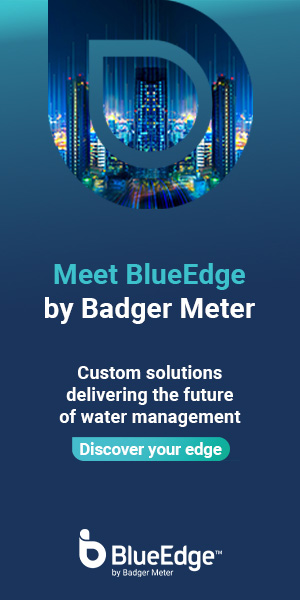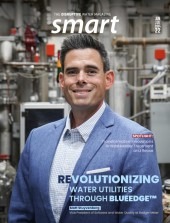PFAS costs: too big to treat?
After years of study, the environmental challenges and public health risks of per- and polyfluoroalkyl substances (PFAS) have come to the fore in the last five years as a key focus for the water sector. From the U.S., with the largest PFAS sampling dataset, through Europe and to Australia - thousands of municipalities, and industries, grapple with the ubiquitousness of these “forever chemical”’ contaminants. To permanently eliminate them from our air, soil, drinking water and wastewater will cost trillions of dollars.
Undoubtedly it will require a titanic, multi-stakeholder, multi-decade effort on the part of governments, industries, technology and service providers to identify, monitor, remove, and destroy PFAS from tens of thousands of highly contaminated sites. So titanic an effort, that it begs the question, is it even feasible?
The U.S. leads in PFAS remediation efforts for drinking water and wastewater. So far, thirteen of fifty states have adopted or proposed maximum concentration levels or enforceable limits on contaminants in water. An additional thirteen states implemented other methods of regulation, including response levels, health advisories and action levels. Developing these regulations generates a steady flow of site mapping and cost calculation reports with staggeringly high figures running into the hundreds of billions of dollars.
In reality, the industry can expect incremental investment in conventional treatment technology for drinking water. Bluefield forecasts drinking water utilities will spend nearly US$13.5 billion between 2023 and 2030 on PFAS retrofits - primarily dedicated to the installation of granular activated carbon (GAC) filtration. GAC is the more traditional, demonstrated approach to PFAS removal — and most conducive to smaller, less sophisticated systems. However, the growing scale and complexity of water and wastewater treatment requirements will usher in more innovative solutions.
Bluefield forecasts drinking water utilities will spend nearly US$13.5 bn between 2023 and 2030 on PFAS retrofits - primarily GAC filtration
Beyond drinking water, the wastewater and biosolids side of the industry poses greater challenges as PFAS permeate multiple segments of the sludge management value chain. Considered a lower public health priority than drinking water, the scant data on PFAS in biosolids indicates equally alarming cost implications for remediation. PFAS represent a double whammy in terms of cost for municipal wastewater treatment plant operators: utilities need to spend more on treatment to remove the compounds from biosolids, while at the same time, they lose income from fertilizer sales.
Europe trails the U.S. but its efforts at remediation took a major step forward with recent updates to both the Drinking Water and Urban Wastewater Treatment Directives. Five European countries (Germany, the Netherlands, Denmark, Norway, and Sweden) moved to ban PFAS in early 2024 with a proposal to the European Chemicals Agency for social and environmental risk assessments. France initiated its PFAS Action Plan 2023-2027 and leading private water utility groups have initiated treatment plant retrofits with GAC. For drinking water alone, Bluefield estimates treatment spending will total over US$3 billion in Europe between 2023 and 2030, while biosolids spending will likely double that amount.
A long road lies ahead for countries to thoroughly address PFAS - but study after study indicates the public health cost of inaction far outweighs the investments required by the water sector. Lawsuits against PFAS producers will proliferate, such as BASF’s recent US$316 million settlement with several U.S. public water systems. Regulation will evolve from large site detection to more robust point-source pollution control. These shifts will not happen overnight, but they are a signal that no, this is not too big a challenge if regulators step up, and the industry responds.

















